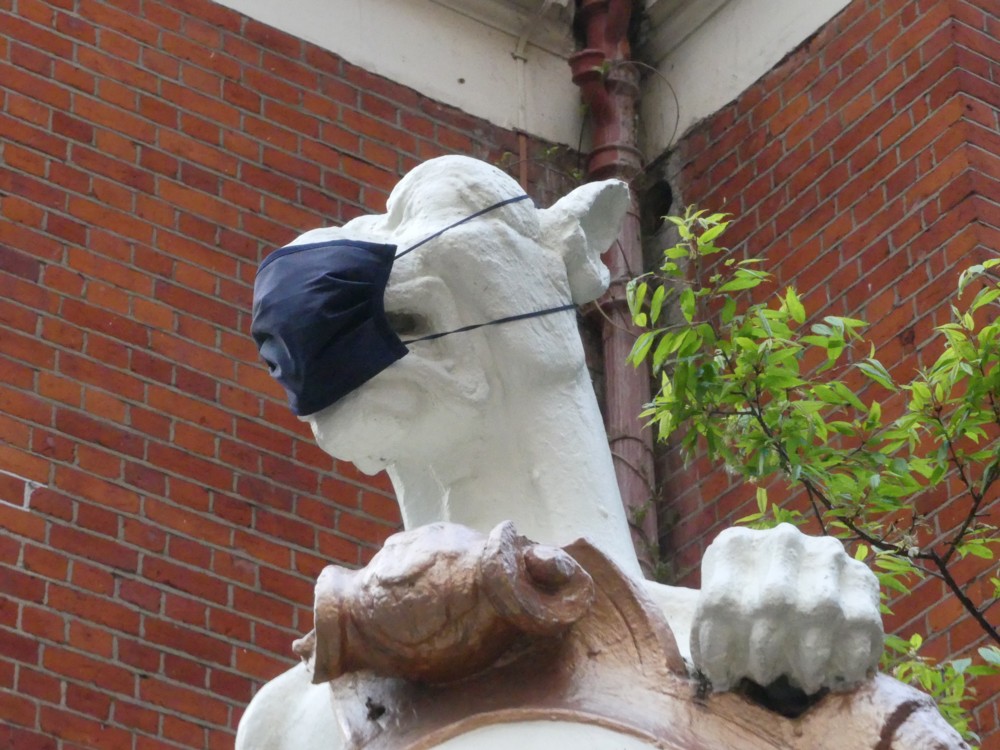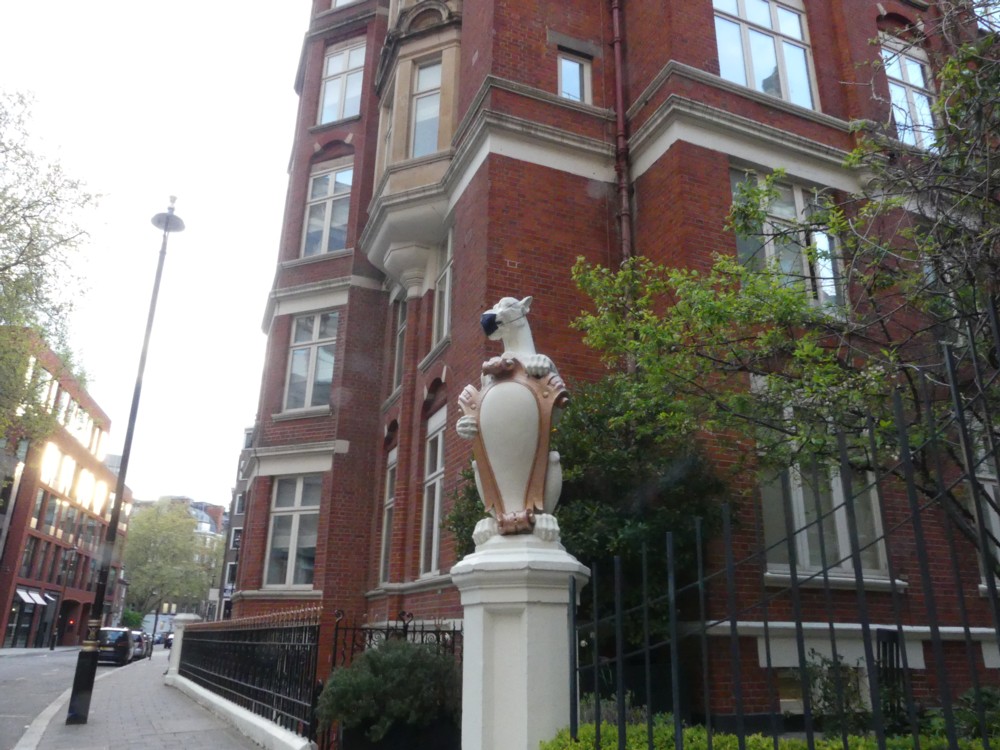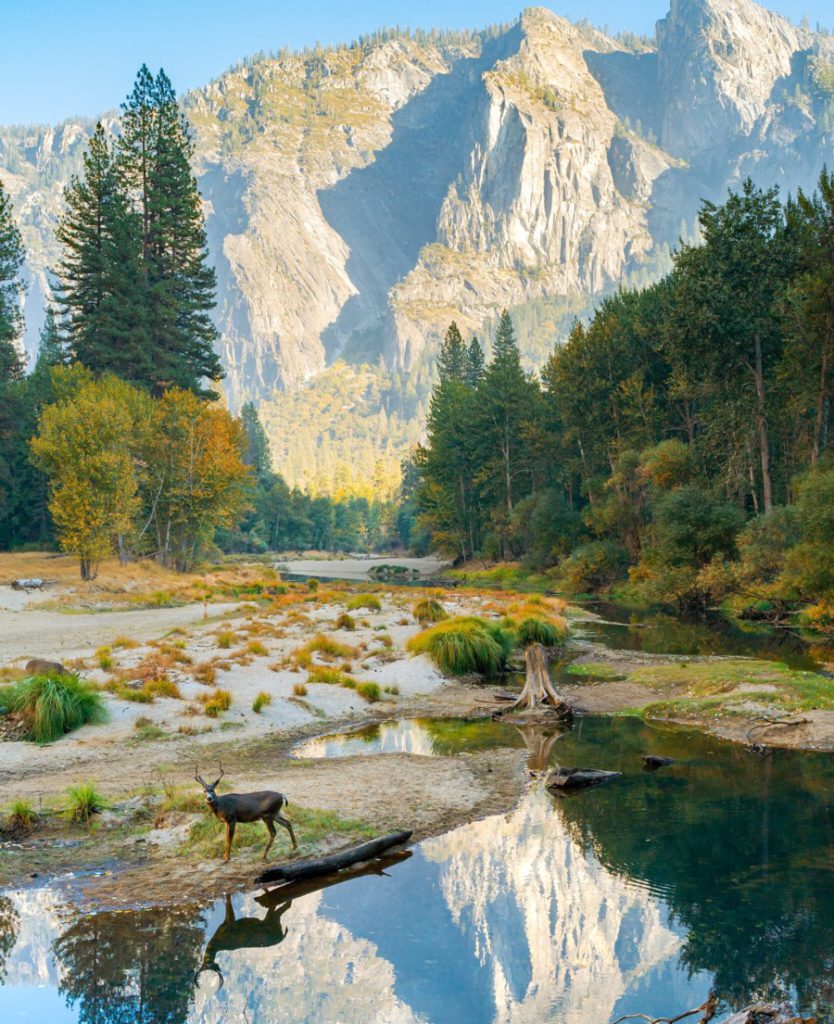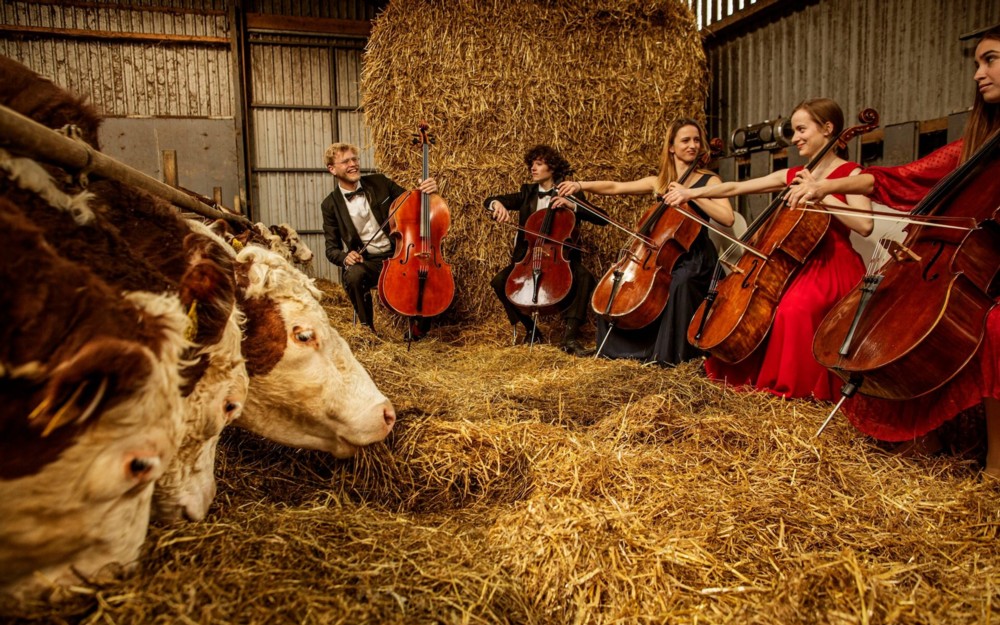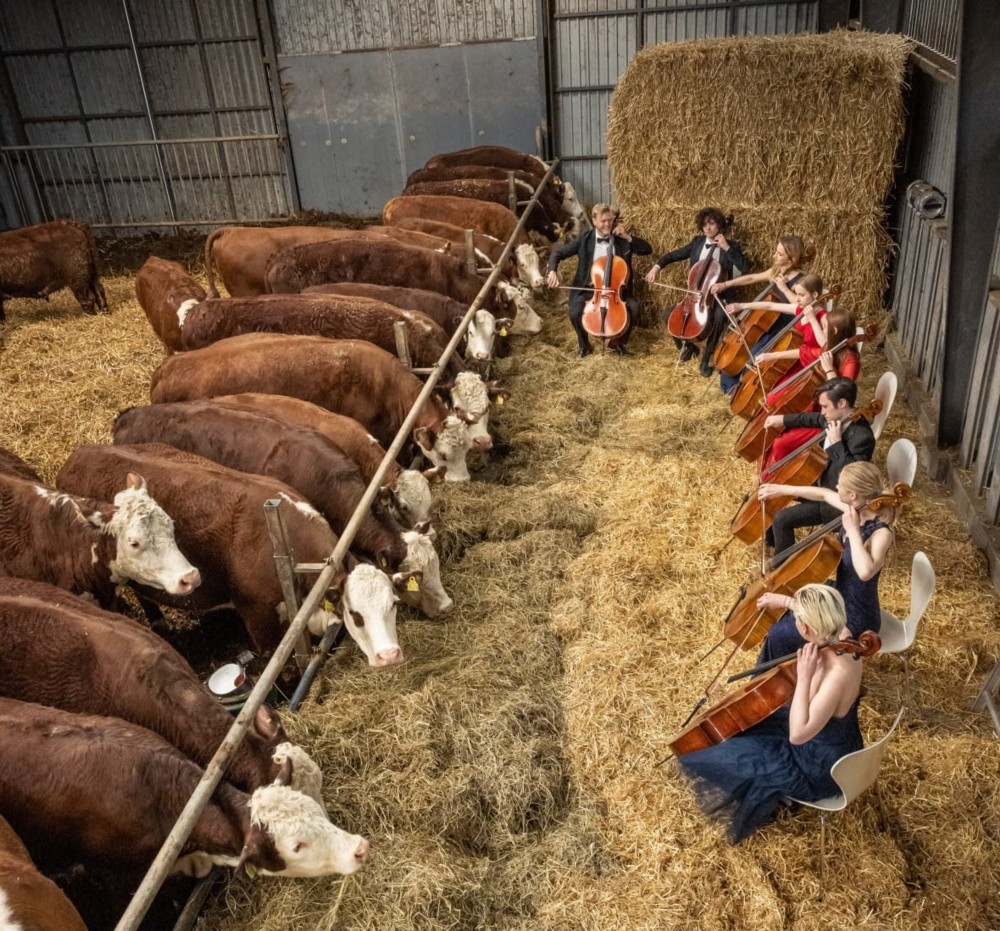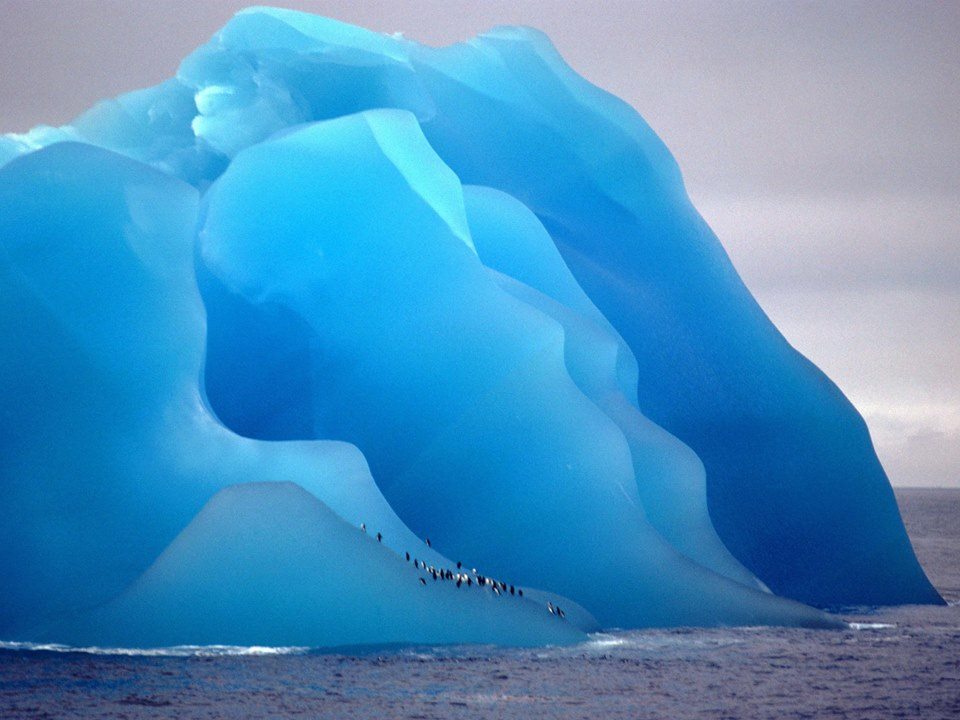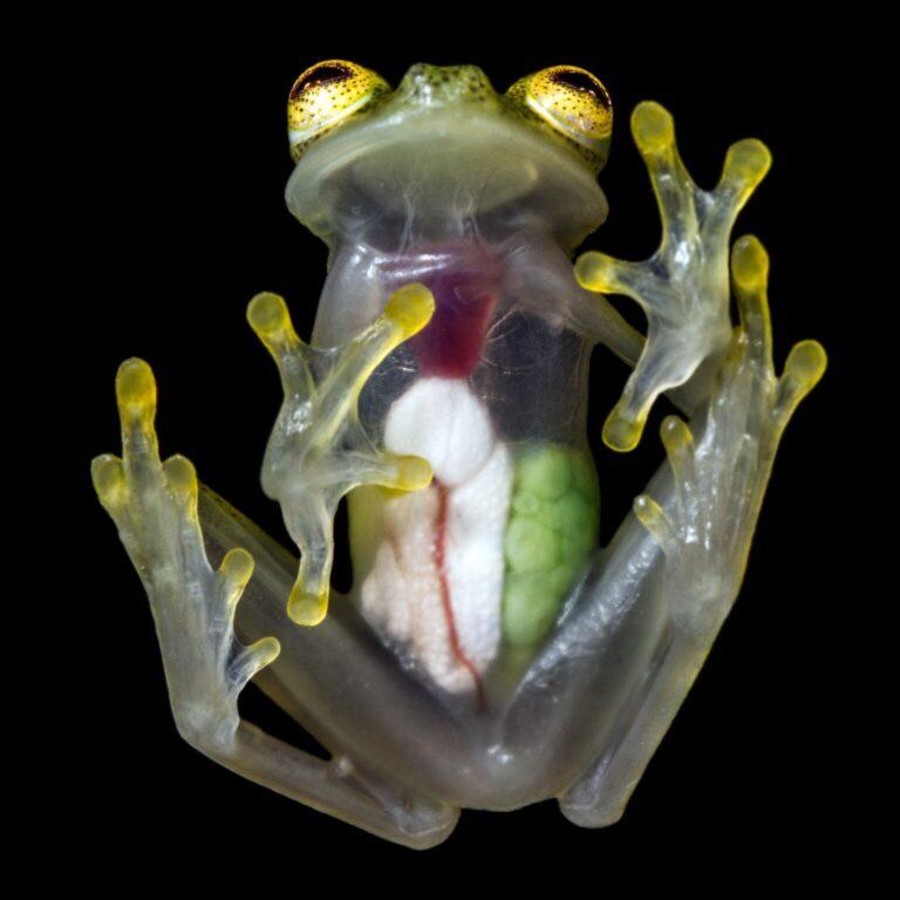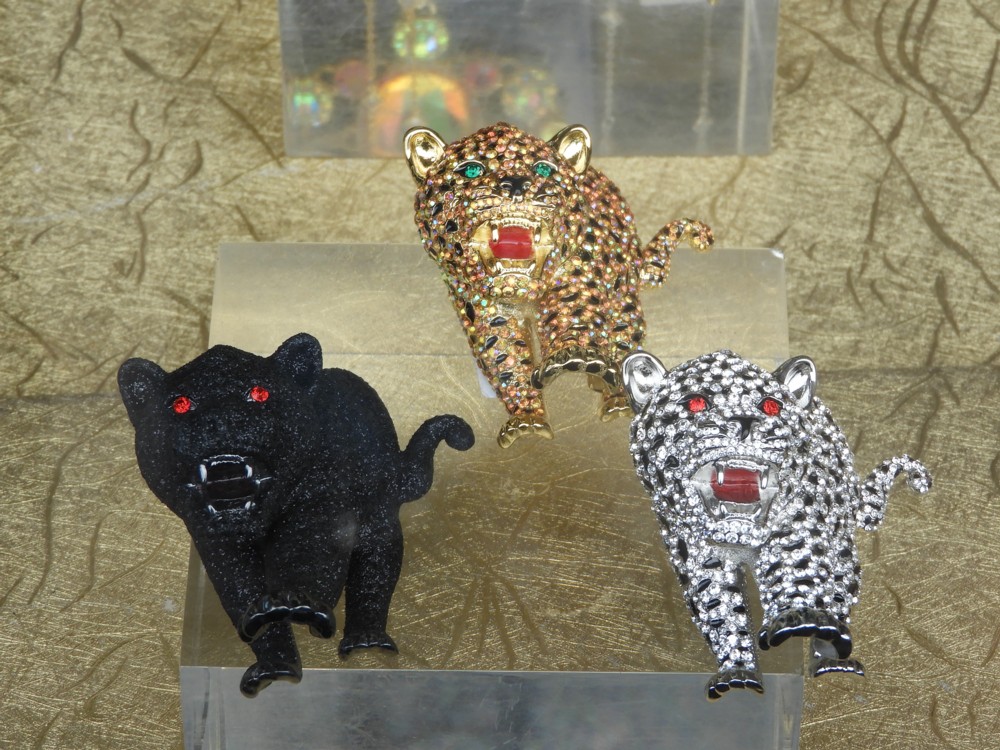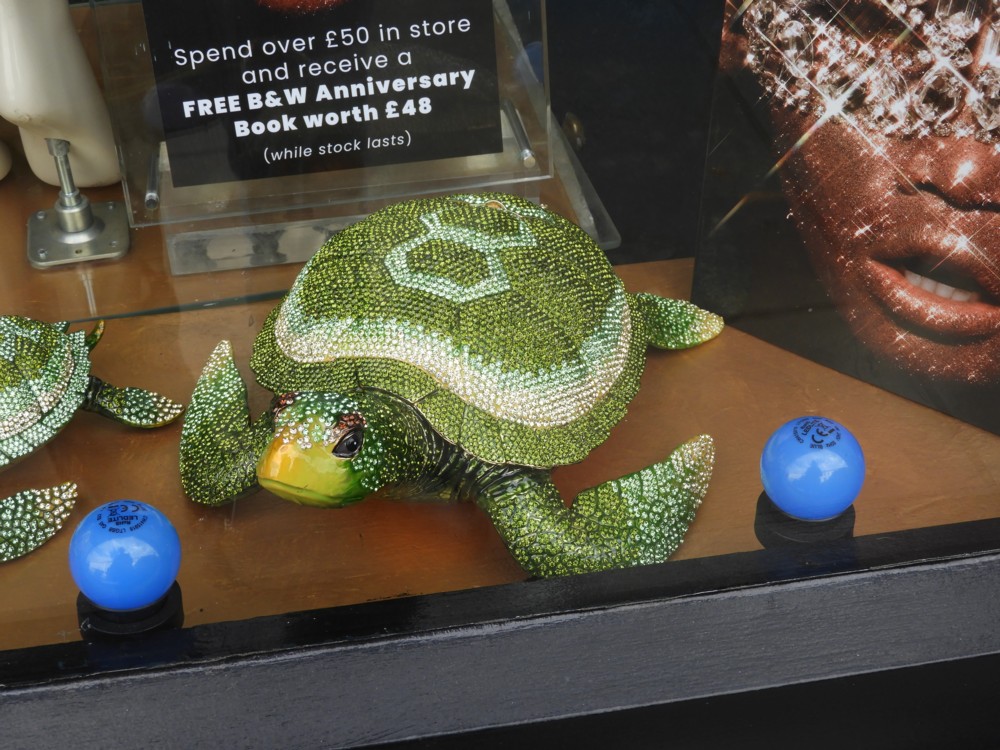I am starting to take exercise by doing exercises, which I have not done since my school days, which put me right off the whole idea. I am being supervised and guided and advised and encouraged by a physiotherapist attached to the Royal Marsden. This morning I attended (virtually) one of his group exercise sessions, and it was a real effort, lasting more than half an hour. Then, after only brief lie-down, I went out on a big shopping expedition, and of course bought too much stuff for me to carry in comfort and am now totally knackered. But, I still owed this blog its daily feed.
Luckily, however, an email from Patrick Crozier has now arrived saying that our latest recorded conversation is now up and listenable to, so here’s my posting here alerting you to that.
Our conversation was based on and revolved around the book by Steve Stewart-Williams entitled The Ape That Understood The Universe, which regular visitors to this blog will know that I like a lot.
Patrick and I have already fixed that the next of our conversations will be about how World War One started, which Patrick knows a lot more about than I do.

